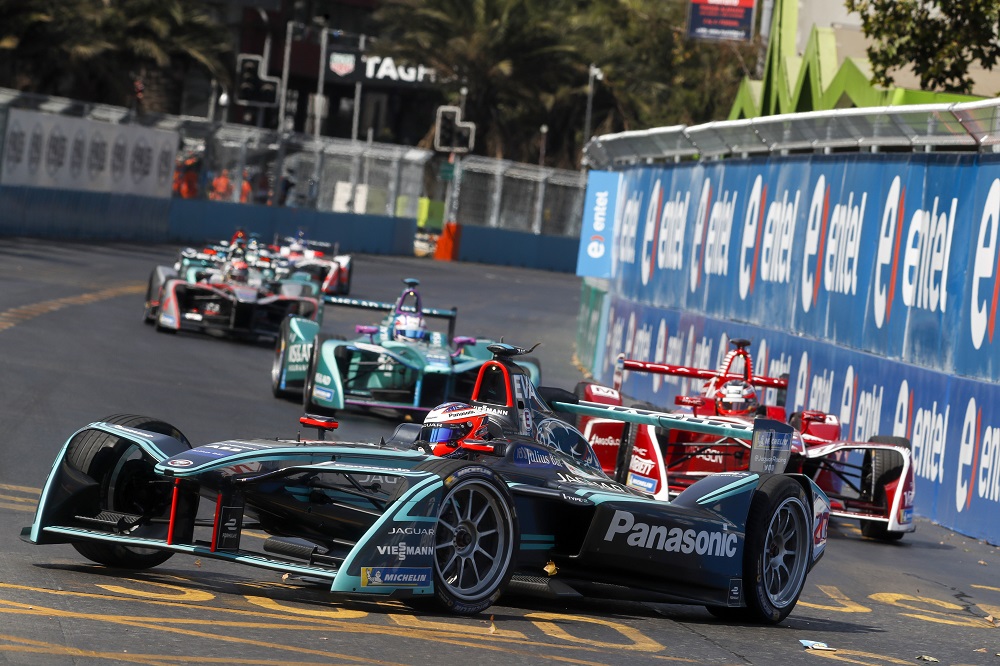Formula E is Finally Ditching Its Terrible Qualifying Format

The electric open-wheel Formula E racing series is set to finally change its unpopular qualifying format, pending approval at a meeting of the FIA World Motor Sport Council later this week.
The current Formula E qualifying format, which has been in effect since the 2018-19 season, involves dividing drivers into groups of six based on descending championship order — meaning those at the top of the championship standings go first.
Nissan Tech: How the three-time Formula E championship winner keeps regular drivers safe
Track conditions typically improve over time as the surface gets “rubbered in” by the tires passing over it. It’s thus advantageous to set laps as late as possible when the conditions are at their best. Because the championship leaders have to go first, they stand little chance of qualifying in front, and drivers have criticized this system for unfairly penalizing them.
Formula E is now attempting to switch to a new, knock-out tournament style format that would be fairer and easier for fans to understand. It would involve dividing drivers into two groups, which the four fastest of each group advancing to a quarter-final round.
In the quarter final, four pairs of drivers go head-to-head to qualify for the semi-final, the winners of which progress to the final to battle for pole position. At first glance, this doesn’t seem all that easy to understand, though it should be less punishing for the best performing drivers, and perhaps familiar to people who watch ball sports.
Alberto Longo, co-founder and chief championship officer for the Formula E series, says the new format goes “back to the basics” while introducing innovation. “This format is very understandable because everyone understands a tennis tournament finals draw. Visually it is very attractive and on television we will offer something spectacular,” he said.
The FIA World Motor Sport Council is expected to ratify the new format on October 15, a little under three months before the 2021-22 season kicks off with a double-header in Saudi Arabia.
Kurt Verlin was born in France and lives in the United States. Throughout his life he was always told French was the language of romance, but it was English he fell in love with. He likes cats, music, cars, 30 Rock, Formula 1, and pretending to be a race car driver in simulators; but most of all, he just likes to write about it all. See more articles by Kurt.

